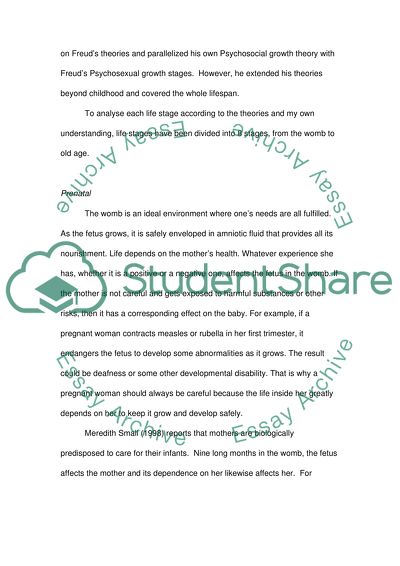Cite this document
(“Reflective Paper on Life Span Development Term Example | Topics and Well Written Essays - 3000 words”, n.d.)
Retrieved from https://studentshare.org/psychology/1393729-reflective-paper
Retrieved from https://studentshare.org/psychology/1393729-reflective-paper
(Reflective Paper on Life Span Development Term Example | Topics and Well Written Essays - 3000 Words)
https://studentshare.org/psychology/1393729-reflective-paper.
https://studentshare.org/psychology/1393729-reflective-paper.
“Reflective Paper on Life Span Development Term Example | Topics and Well Written Essays - 3000 Words”, n.d. https://studentshare.org/psychology/1393729-reflective-paper.


